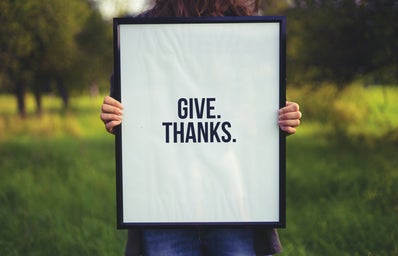You’ve heard it before. Every year right after Halloween, it’s the start of early Christmas music, longing for late nights with family and food. Worst of all, perhaps, is the start of newspapers and magazines discussing how your blissful turkey day is nothing but the anniversary of a massacre, the beginning of an end of a people we like to think we knew.
Me? I’ll throw you some cliches and passive aggressive thoughts about how we like to ignore the past, but I also just want you to know the people who were here before us. In our region inspired by social justice, we like to know the gore. We are proud to not be oblivious of the slaughter or the injustice of stolen land and a suppressed culture. But, do we know who these indigenous people were? What their culture was like? What languages they spoke? Or even their names? Probably not, instead we just focus on white people and their doings.
They were, and still are, more than just a murdered people. Let me teach you.
The canoe glided over the smooth morning water. The world was still asleep, the only noise came from the paddle gently stirring the water. The sunlight, held back by thick fog, gave the world a greyish yellow tone. As the canoe belly scraped the sandy shore, he was thankful for the world around him, the beauty within the silence of nature. He helped his grandfather unload the fish and together, they walked back to their longhouse.
As they went inside and left the chilly spring air, the boy saw his two sisters already awake and giggling at each other as they braided their long dark hair, and his mother, sitting cross-legged in her beige tunic and her colorful blue and brown wraparound skirt mashing corn. She gave her daughters a loving and playful look of scorn as they laughed harder.
The boy was excited, as soon he would be joining his father in the collection of materials to build Wigwams, the temporary homes they lived in during the summer. During the winter, Wigwams were not capable of keeping everyone warm as their walls weren’t woven with bulrush mats like longhouses, so as summer approached, collectively, families built their Wigwams with sheets of birch bark. These were just right to keep warm during the night and cool during the days of the three warm months. Personally, the boy preferred living in Wigwams than in Longhouses, as they were connected to his favorite season, summer.
The boy’s people are The Wampanoag who, before colonizers, consisted of 8,000 to 10,000 people. They didn’t all live together, but they were an alliance of sister tribes consisting of the Pokanoket and Mashpee. Together they spoke Algonkian, also a sister language composed of dialects from the different tribes that, for 10,000 years, had lived in harmony in the same land. Today this land is recognized as the state of Massachusetts, more specifically near the city of Plymouth.
The Wampanoag didn’t live on the land, they lived with it. From a young age, the boy had been taught to give thanks. The land had given him life, and as the years passed, she had nourished him with her plants and her wild children. All his life, she had shown him beauty with her warm sunsets and peace when she blanketed his home with cold snow. For him and his people, Thanksgiving was a daily occurrence as they knew that without the land and each other, they wouldn’t exist.
Before any foreigners arrived, what today is the United States were divided lands pertaining to different tribes. Colonists made several stops along the East Coast until finally settling down into what they turned into Plymouth, Massachusetts. Though they also had contact with many different tribes on their journey, they made an alliance with the Wampanoag. The Wampanoag were both fierce and warm. They were warriors but lived through kindness. For months they closely watched but didn’t interact with the giant ship full of weak and dying strangers. They didn’t want to put anyone from their tribe in any kind of danger.
It wasn’t until winter finally ended that contact happened. Colonists, or at the time pilgrims, would not have survived if it had not been for the help they received from the Wampanoag. Not only were they fed and clothed, but they were also taught customs that indigenous people had used for thousands of years.
It was thanks to this help that they finally produced their first harvest, of which they had a surplus. After the long journey and all the hardship they endured, a celebration of their success only seemed right. They started a feast that lasted three days, involving traditions and dishes belonging to the indigenous. It’s important to remember that what to us is a day of celebration, genuinely is a day of mourning for the people of Wampanoag even today. Be thankful and enjoy, but remember the Wampanoag and educate yourself on your indigenous history. Take into consideration our states, cities, and towns that still hold the names our indigenous gave us, whether its cultures emerging from Latin America or those Native to the north of the continent.


